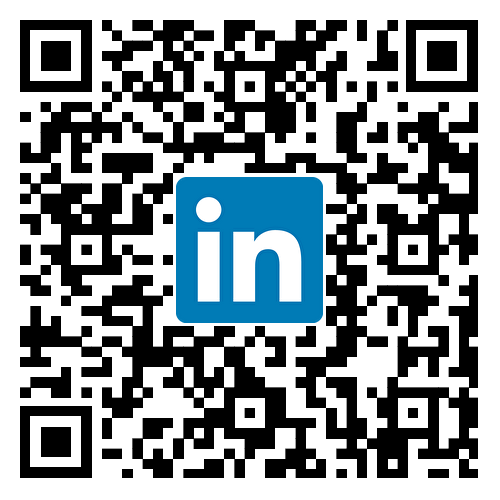Thondar Academy
Application of multi-spectral fundus imaging in the annual physical examination of flying personnel
来源:
|
作者:Hong Bo,Liu Jianwen,An Jing,Zhang Lei,Qi Xiaorui,Zhao Juan,Wang Meiyan,Wang Zhengyang,Zhang Zuoming
|
发布时间: 2015-12-26
|
1253 次浏览
|
分享到:
Authors and their organizations:
Hong Bo,Liu Jianwen,An Jing,Zhang Lei,Qi Xiaorui,Zhao Juan,Wang Meiyan,Wang Zhengyang,Zhang Zuoming
Department of Aerospace Medicine,Fourth Military Medical University,Xi 7an 71 0032,China
Department of Aerospace Medicine,Fourth Military Medical University,Xi 7an 71 0032,China
Objective:
To investigate the ocular fundus disease in flying personnel and explore the application of multi—spectral fundus imaging in aviation medical identification.
Methods:
The fundus data of 213 flight personnel were collected by multi—spectral imaging.They were divided into different groups by age and by flying time.The prevalence of abnormal ocular fundus was analyzed upon age and flying time.In order tO discuss the possible risk factors leading to arteriosclerotic retinopathy,we used the method of paired design for the comparison between the hyperlipidemia flying personnel and the normal blood lipid flying personnel,or fighter pilots(high+G。exposed)and other flying personnel.
Results:
The total prevalence of abnormal ocular fundus in 213 flying personnel was 13.15%.In which,the prevalence of retinal arteriosclerosis was 5.16%,took the first,retinal pigmentation disorder was 3.29%and maculopathy was 2.35%.The prevalence of abnormal ocular fundus showed increasing trend with age and flying time.Besides,the prevalence of arteriosclerotic retinopathy in the group of hyperlipidemia was higher than that of normal blood lipid group.But there were no significant differences between high+G2 exposed pilots and other flying personnel.
Conclusion:
Multi-spectral imaging is a convenient and objective method for recording retinal changes.It is applicable to the physical examination and screening of flying personnel.
Shenzhen Thondar Technology Co., Ltd
Add: Floor 2, Building 13C, Zhonghaixin Innovation Industrial City, Longgang District, Shenzhen City, China 518112
Tel:+86-755-28377276
Fax:+86-755-84535972
Email: global@thondar.com



